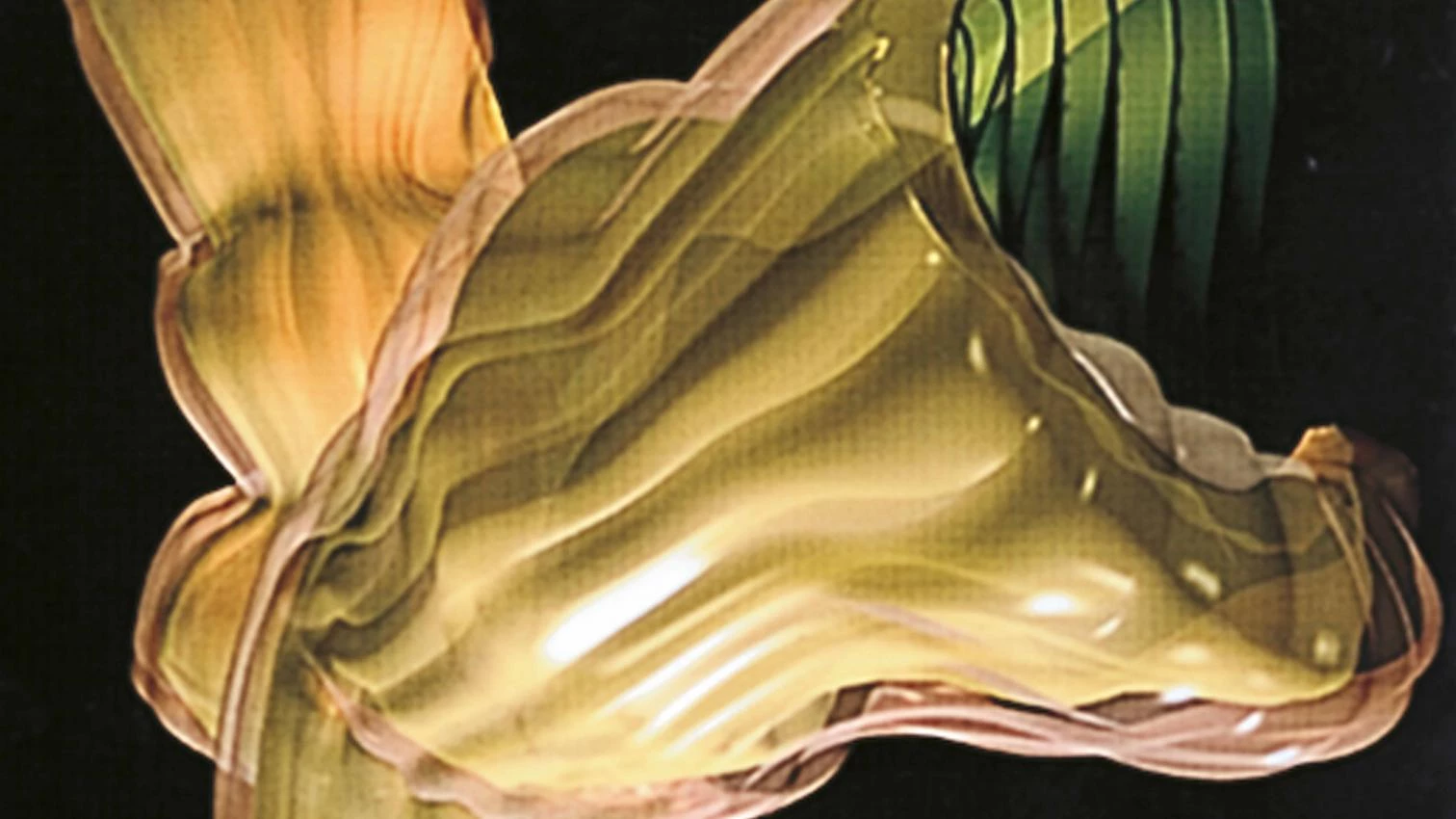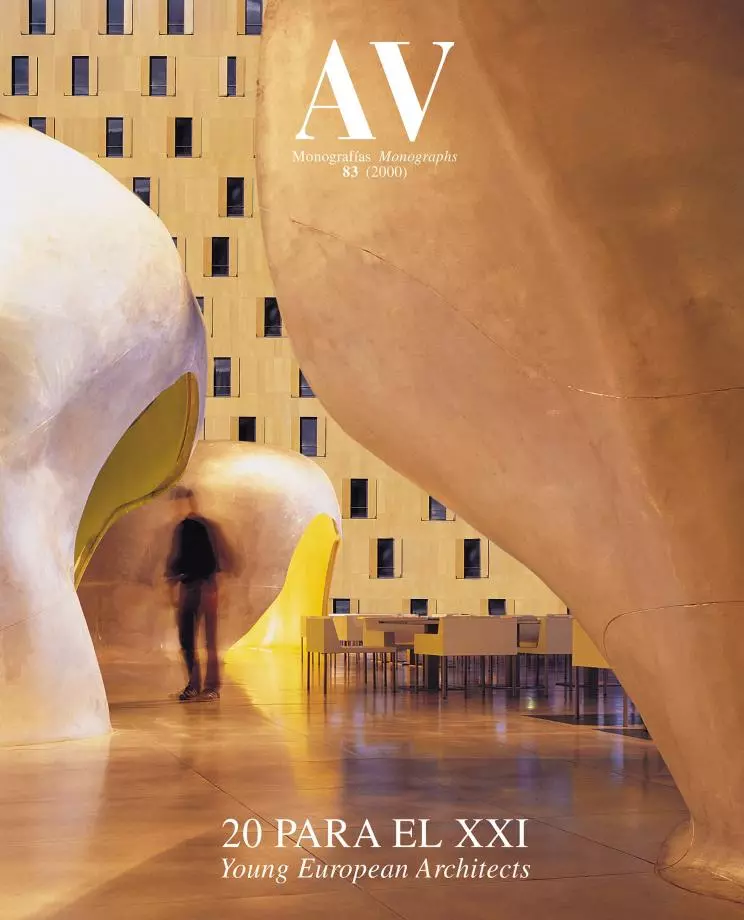
Young architecture floats in a speculative bubble which is as fascinating, foolish and fragile as that sparked by the tulip trade in the 17th century. Though this issue presents diverse European tendencies, none is now as influential as that of the Netherlands, an exporter of tulips, garbage television and altered architecture. In 1636, the ‘tulip mania’ raised the value of bulbs to dizzying heights, only to come crashing down in February 1637, providing textbooks with an exemplary case of a speculative bubble. This year 2000, the fever brought on by the Dutch TV program Big Brother has spread throughout the world, reheating ratings with its media waste. And the awarding of the Pritzker to Rem Koolhaas has raised to unprecedented degrees the media temperature of the aesthetic current inspired by the Rotterdam architect. But none of these two episodes of the new symbolic economy has yet experienced the collapse of the tulips.
Caught between the ephemeral beauty of the flower and the selective seduction of the audience, young contemporary architecture is experiencing a graphic swelling which some interpret as vigorous excitation and others as morbid inflammation. Whether healthy or ill, this electronic intumescence fills the entire spectrum of architectural debate with its feverish, and frenzied virtual representations. Exhibitions and competitions, schools and encounters, journals and web sites, all crackle in the fervorous stew of febrile forms. Like the old tulip planters in Haarlem or Utrecht, many young architects believe they have discovered an economic alchemy capable of turning onions into gold, and blinded by the effervescent symbolic values quoted in this ‘Fools’ Exchange’ that our aesthetic Nasdaq has lately become, they think of themselves as true trendsetters, when in most cases they are simply little more than fashion victims.
But like Holland’s national football team, this architectural ‘Clockwork Orange’ seems to be losing steam, and the forms that astounded young professionals on both sides of the Atlantic reveal more and more their true autistic profile – the sign perhaps of an increasingly destructured culture that is an impassive witness to the deterioration of its social capital, but the symptom, too, of a general malaise that uses tamed exoticism as an analgesic narcotic. The electronic commerce of experiences that colonizes television and computer screens supplies the saddest and most narcissistic version of the homo ludens described by Huizinga, in the form of an architectural big brother that pretends to shape the spaces and lives of others, when in reality it does no more than contemplate its countenance in a looking glass. Yesterday’s tulip bulbs are now the bulbs of narcissi.





